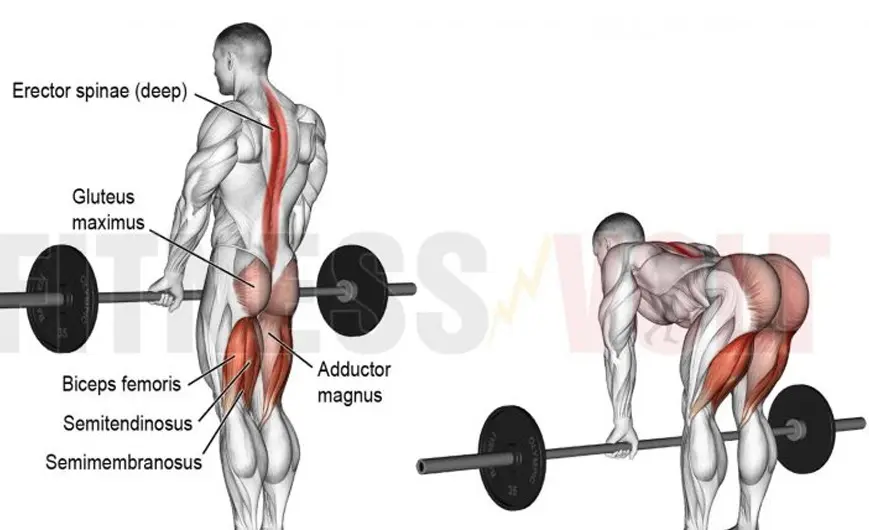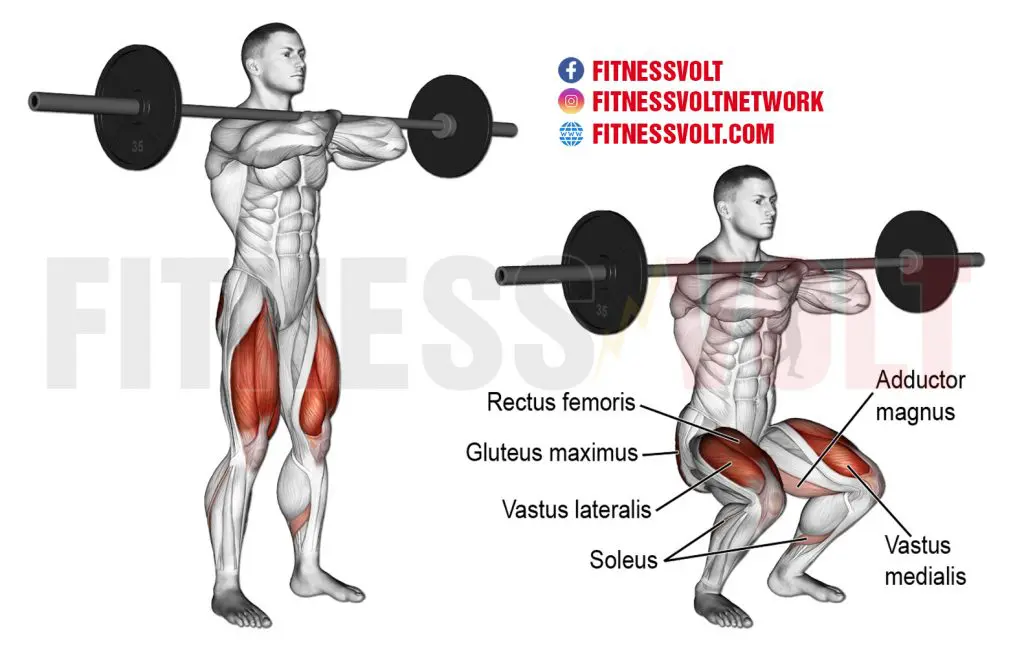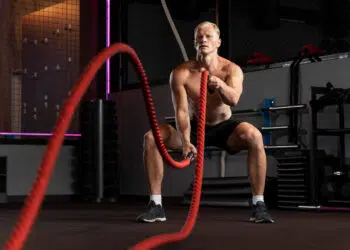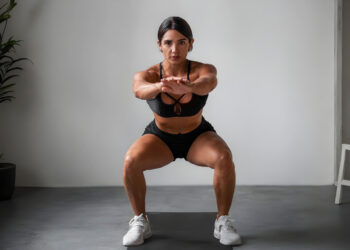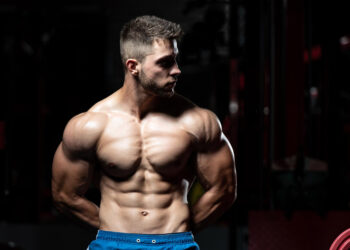When it comes to burning fat and getting ripped, most lifters’ go-to training method is cardio. They hop on a bike or treadmill and do hour after hour of low-intensity exercise. Some do interval training, which may be more time-efficient, but is still a form of cardio.
And while cardio DOES burn calories and fat, it may not be the best way to get ripped, especially if you are a bodybuilder.
Cardio means spending even more time in the gym, and that’s not an attractive proposition for a lot of lifters. Also, while cardio does burn fat, it can have a negative effect on muscle mass, leading to atrophy. In short, while you will lose fat with cardio, you could lose muscle mass too.
Finally, cardio isn’t exactly the most exciting workout you can do. After all, you’re a lifter, not a hamster!
The good news is there is an alternative training method that is designed to shred fat while maintaining or even increasing muscle mass – strength training complexes.
What is a Complex?
A complex is a series of exercises done back to back without any rest between each one. Before you say it, a complex is NOT the same as a circuit because, for complexes, you use the same training tool/weight for every exercise, and each move is designed to flow into the next to create a logical, seamless sequence.
Level Up Your Fitness: Join our 💪 strong community in Fitness Volt Newsletter. Get daily inspiration, expert-backed workouts, nutrition tips, the latest in strength sports, and the support you need to reach your goals. Subscribe for free!
The best complexes use compound exercises, low to moderate weights, and work your entire body. This makes them super-effective for burning calories and melting fat. Better still, a complex doesn’t take long, so you won’t have to commit hours to extra training. You can use a complex as a “finisher” after your regular workout or, if you prefer, as a short standalone training session between your regular workouts.
While there are bodyweight complexes, for lifters, complexes that use barbells, dumbbells, or kettlebells are usually the most effective. That way, you can use weights that are challenging enough to preserve or build muscle mass. You can also modify the load to reflect your current strength and fitness levels.
So, if you are bored with the bike or ticked-off with the treadmill, try strength training complexes instead. The only thing you’ve got to lose is the fat!
Remember, start your complex workout with an appropriate warm-up. A few minutes of light cardio and some dynamic mobility and flexibility exercises are an excellent place to start. Finish up with a few easy reps of each exercise in your complex using a light load.
Barbell Complex
If you’ve never tried strength training complexes before, one using a barbell is a good place to start. They require the least amount of skill and coordination, making them ideal for novices. Don’t mistake this simplicity for ease – barbell complexes can be brutal!
For this complex, perform 4-8 reps of each of the following exercises. Ideally, and to make keeping track of your workout easier, do the same number of reps for each move. Do 4-6 sets in total or, alternatively, see how many sets you can do in 10, 15, or even 20 minutes.
- Deadlifts
- Bent over row
- Hang clean
- Front squat
- Push-press
As the push-press will probably be your weakest exercise, use that move to determine your training weight for the rest of the complex. For example, if you know you can push-press 60kg/135 lbs. for six reps, that’s the weight you should use for the entire sequence.
1. Deadlifts
Level Up Your Fitness: Join our 💪 strong community in Fitness Volt Newsletter. Get daily inspiration, expert-backed workouts, nutrition tips, the latest in strength sports, and the support you need to reach your goals. Subscribe for free!
- Place your barbell on the floor and stand with your feet about hip-width apart, toes under the bar. Bend down and grab the bar with a shoulder-width OVERHAND (not mixed) grip. Straighten your arms, drop your hips, and brace your abs.
- Without rounding your lower back, drive your feet into the floor and stand up straight. Do not lean back at the top of your rep.
- Push your hips back, bend your knees, and put the bar back down on the floor. Reset your position and repeat.
- End your set standing upright and ready to transition to the next exercise.
2. Bent over row
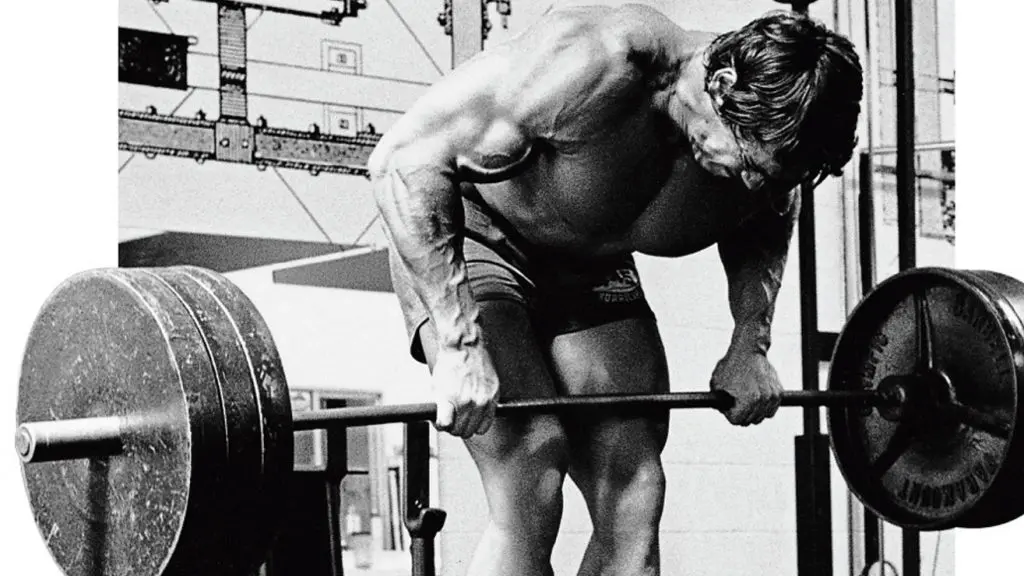
- Without moving your feet, bend your knees slightly and lean forward from your hips. Do not round your lower back. Your upper body should be set to around a 75-degree angle. Extend your arms down toward the floor.
- Bend your arms and, leading with your elbows, pull the bar up and into your abdomen. Keep your wrists straight. Extend your arms and repeat.
- At the end of your final rep, stand up straight, ready for the next exercise.
3. Hang clean
- Bend your knees slightly, hinge forward from your hips, and lower the bar to about knee-height. Brace your abs.
- Stand up explosively and pull the bar up the front of your body. Snap your elbows forward and under the bar as it reaches chest-height, catching it across the front of your shoulders.
- Roll the bar down the front of your body, reset, and repeat.
- Finish your last rep with the bar across the fronts of your shoulders, and ready for the next exercise.
4. Front squat
- Rest and hold the barbell across the front of your shoulders. Your upper arms should be parallel to the floor, elbows pointing forward. Step out and into a shoulder-width stance, toes turned slightly outward.
- Bend your legs and squat down until your thighs are roughly parallel to the floor. Do not allow your lower back to round, and do not drop your upper arms.
- Stand back up and repeat. Finish your set stood upright and ready for your final exercise.
5. Push-press
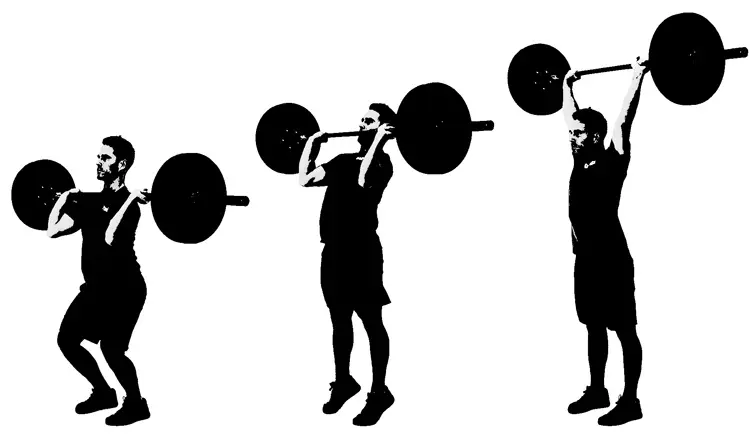
- With your abs braced, and without rounding your lower back, bend your legs slightly and descend into a quarter-depth squat.
- Stand up explosively and use this momentum to help you push the weight up and overhead.
- Lower the bar back to your shoulders and repeat.
- On completion of your final rep, lower the bar back to the floor and take a well-earned rest for 1-2 minutes before repeating the entire sequence.
Dumbbell Complex
Dumbbells are harder to control than barbells. After all, there are two of them! That said, this will increase muscle activation, core recruitment, and also improve your coordination too.
As before, perform 4-8 reps of each of the following exercises. Ideally, and to make keeping track of your workout easier, do the same number of reps for each move. Do 4-6 sets in total or, alternatively, see how many sets you can do in 10, 15, or even 20 minutes.
- Squats
- Hammer curl and press
- Lunges
- Push-ups
- High-pulls
As the curl and press will probably be your weakest exercise, use that move to determine your training weight for the rest of the complex. For example, if you know you can curl and press 20kg/45 lbs. for six reps, that’s the weight you should use for the entire sequence.
1.Squats
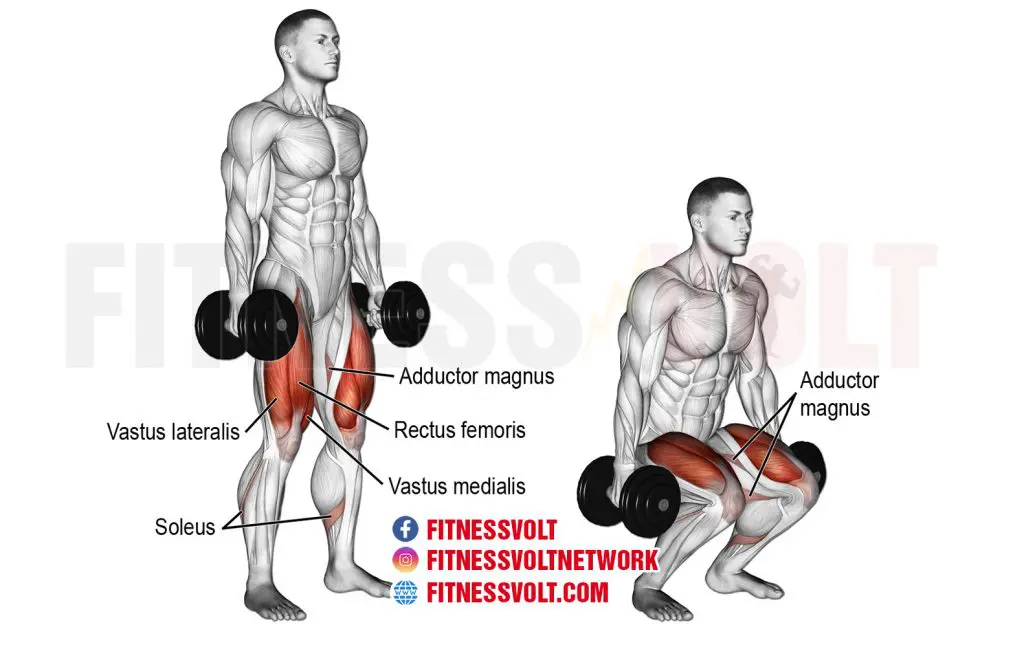
- Stand with your feet about shoulder-width apart, and a dumbbell in each hand, arms by your sides.
- Brace your abs and, with your arms straight, squat down until your thighs are roughly parallel with the floor. Do not round your lower back.
- Stand back up and repeat.
- Finish your last set stood upright, and ready for the next exercise.
2. Hammer curl and press
- Without moving your feet, brace your abs, bend your arms and curl your dumbbells up to your shoulders. Do not rotate your wrists.
- Without jerking with your legs, press the weights up and overhead.
- Lower the dumbbells back to your shoulders and then down to your sides.
- Repeat for the required number of reps.
- Finish your set with your arms by your sides and ready for the next exercise.
3. Lunges
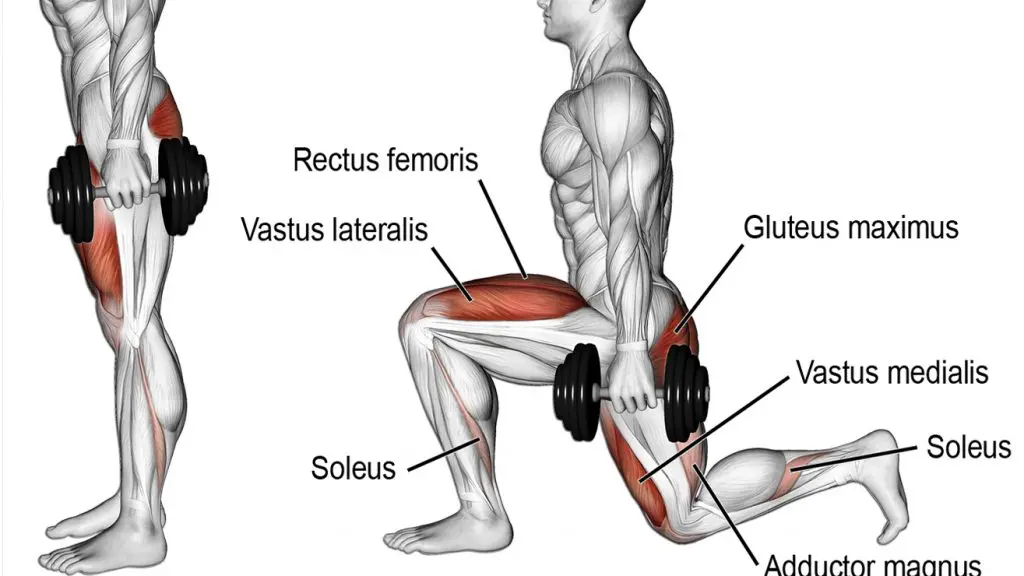
- Stand with your feet together, arms by your sides.
- Take a large step forward, bend your legs, and lower your back knee down to within an inch/3cm of the floor. Keep your front shin vertical, and do not allow your knees to extend beyond your toes.
- Push back, return to the starting position, and then do another rep but leading with the opposite leg.
- Continue alternating legs until you’ve completed all your reps.
- Return to the starting position, ready for the next exercise.
4. Push-ups
- Squat down and place your dumbbells on the floor, roughly shoulder-width apart. Without letting go of the weights, walk your feet out and back until your body is straight. Brace your abs.
- Bend your arms and lower your chest down toward the floor. Do not let your hips sag out of alignment.
- Push yourself back up and repeat.
- On completion, step or jump your feet up to your hands and, without rounding your lower back, stand up straight, ready for the final exercise.
5. High-pulls
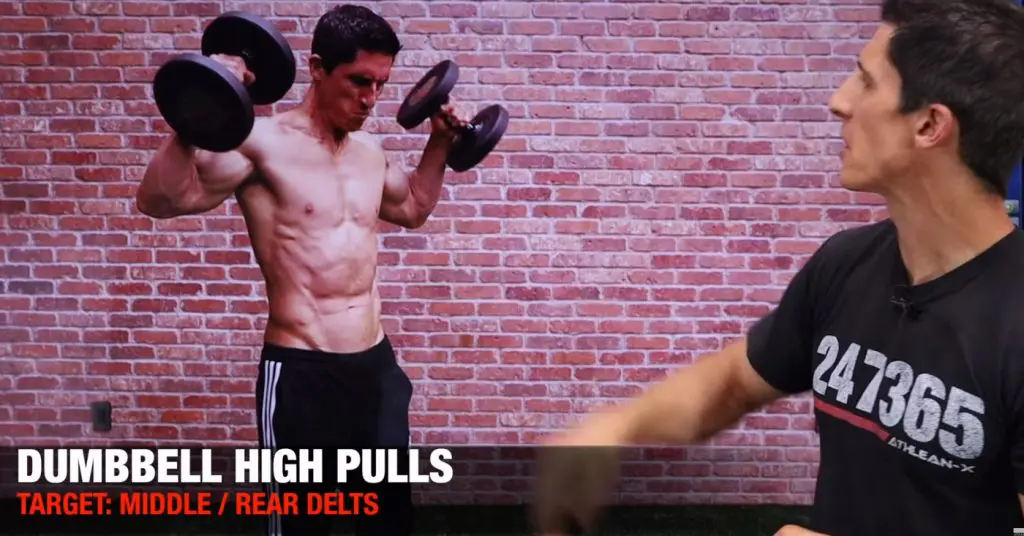
- Hold your dumbbells in front of your thighs, palms facing your legs. Stand with your feet about hip-width apart. Bend your knees slightly.
- Lean forward from your hips and lower the weights to about knee-height.
- Stand up explosively and pull the dumbbells up the front of your body. Keep your elbows high and above the weights.
- Lift the weights to about chest-height and then lower them again. Do not attempt to catch them on your shoulders. This is not a clean.
- On completion of your last rep, lower the dumbbells back to the floor and take a well-earned rest for 1-2 minutes before repeating the entire sequence.
Kettlebell Complex
Kettlebells can be even more ungainly and harder to control than dumbbells. For that reason, this complex uses just one kettlebell. This will increase core activation but also leave you free to focus on working hard, rather than trying to avoid braining yourself with two cannonballs with handles!
Because kettlebells are irregularly shaped, you’ll need to change your grip moving from one exercise to the next. Do this as quickly as possible, and do not use these transitions as an opportunity for a sneaky rest.
You know the drill; perform 4-8 reps of each of the following exercises. Ideally, and to make keeping track of your workout easier, do the same number of reps for each move. Do 4-6 sets in total or, alternatively, see how many sets you can do in 10, 15, or even 20 minutes.
- Goblet squats
- Swings – left hand
- Swings – right hand
- Overhead rear lunges – left leg/hand
- Overhead lunges – right leg/hand
- Halos
- Thrusters
As the halos will probably be your weakest exercise, use that move to determine your training weight for the rest of the complex. For example, if you know you can use 16kg/35 lbs. for six reps, that’s the weight you should use for the entire sequence.
1. Goblet squats
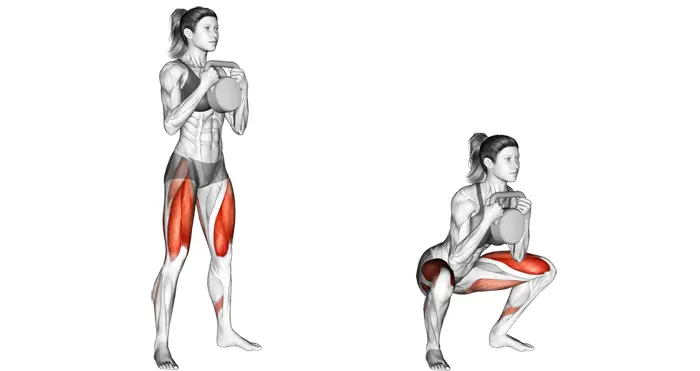
- Hold your kettlebell by the vertical handles in front of your chest, just below your chin. Tuck your elbows into your sides and brace your abs. Step out and into a shoulder-width stance, toes turned slightly outward.
- Push your hips back, bend your knees, and squat down until your thighs are about parallel to the floor. Do not round your lower back.
- Stand back up and repeat.
2 & 3. Swings
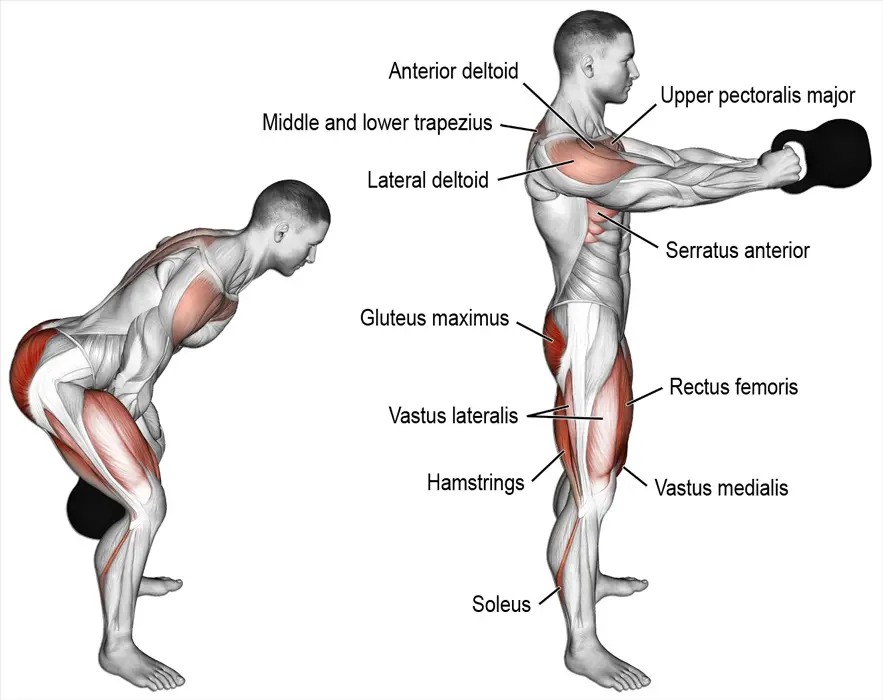
- Hold your kettlebell in one hand and stand with your feet about shoulder-width apart. Push your hips back, lean forward, and lower the weight between your knees. Keep your arm straight, brace your abs, and do not allow your hips or shoulders to rotate.
- Drive your hips forward and used this momentum to help you swing the weight up to shoulder-height.
- Swing the weight back down and repeat.
- Do the prescribed number of reps and then swap arms and go again.
4 & 5. Overhead rear lunges
- Press and hold your kettlebell overhead, arm straight, and core braced.
- Step backward with the same leg, bend your knees and descend into a deep lunge. Keep your arm vertical.
- Stand back up and repeat.
- On completion of the prescribed number of reps, swap arms and then repeat with the other leg.
6. Halos
- Hold your kettlebell upside down and by the vertical handles in front of your chest. Brace your abs and stand with your feet about shoulder-width apart for stability.
- Circle the kettlebell around your head in a clockwise direction. When it’s back in front of you, reverse direction and circle around your head counter-clockwise.
- Keep alternating direction until you’ve done all your reps.
7. Thrusters
- Hold your kettlebell by the vertical handles in front of your chest. Stand with your feet about shoulder-width apart, toes turned slightly outward.
- Push your hips back, bend your knees, and squat down. Do not round your lower back.
- Stand back up and, as you straighten your legs, push the weight up and overhead to arms’ length.
- Lower the kettlebell back to your chest, and then descend into another rep.
- On completion of your last rep, lower the kettlebell back to the floor and take a well-earned rest for 1-2 minutes before repeating the entire sequence.
Wrapping up
Complexes are an excellent alternative to spirit-sapping, lengthy, drawn-out cardio workouts! They’re perfect for bodybuilders because they involve the thing most of us enjoy most – lifting weights.
The majority of complexes work most, if not all, of your major muscle groups, and that means they use a lot of energy too. They should also trigger significant post-exercise oxygen consumption, firing up your metabolism for even faster fat burning.
We’re not saying cardio is bad for you. It’s just that it’s good to have an alternative, especially one that’s as time-efficient and effective as strength training complexes.

